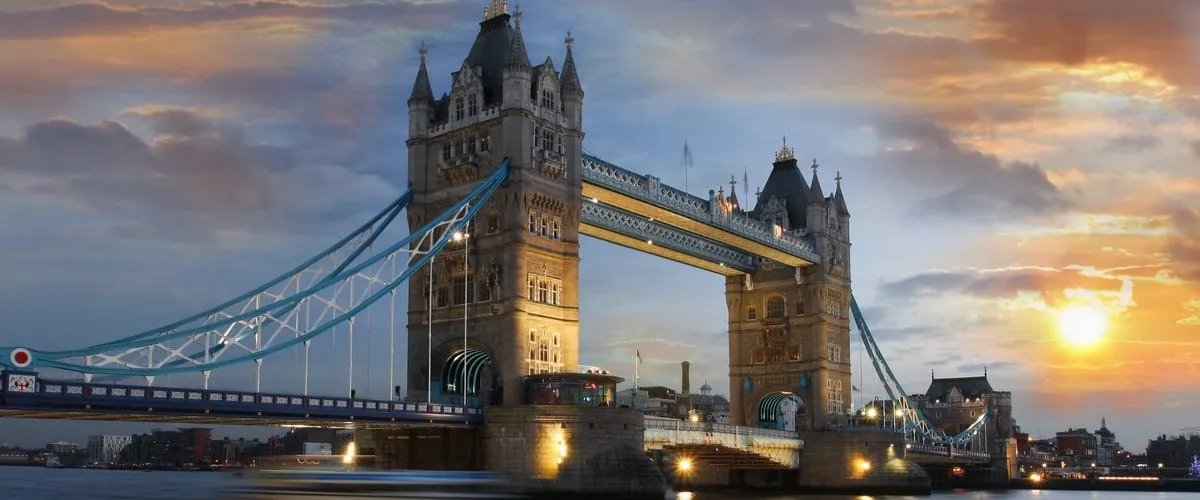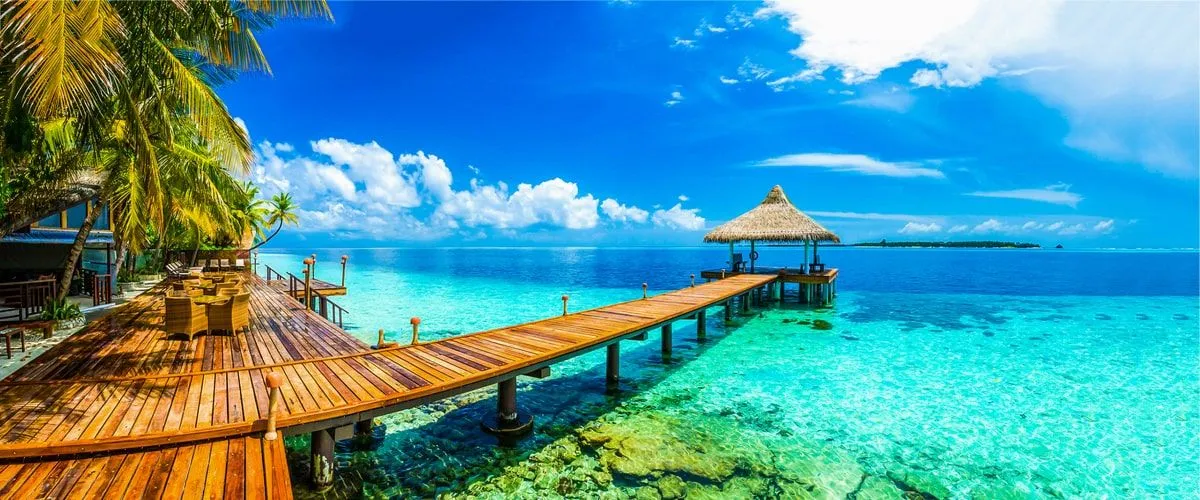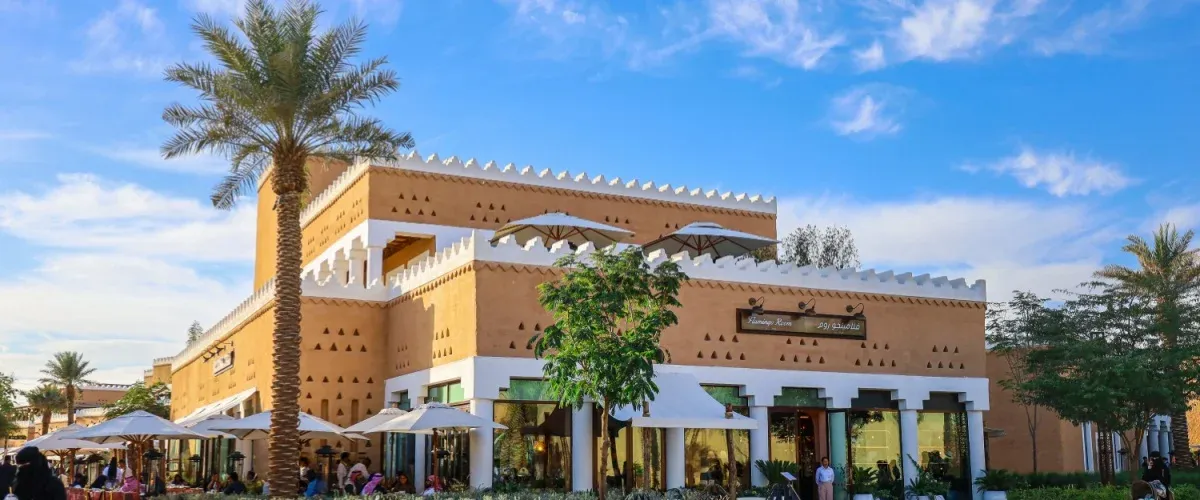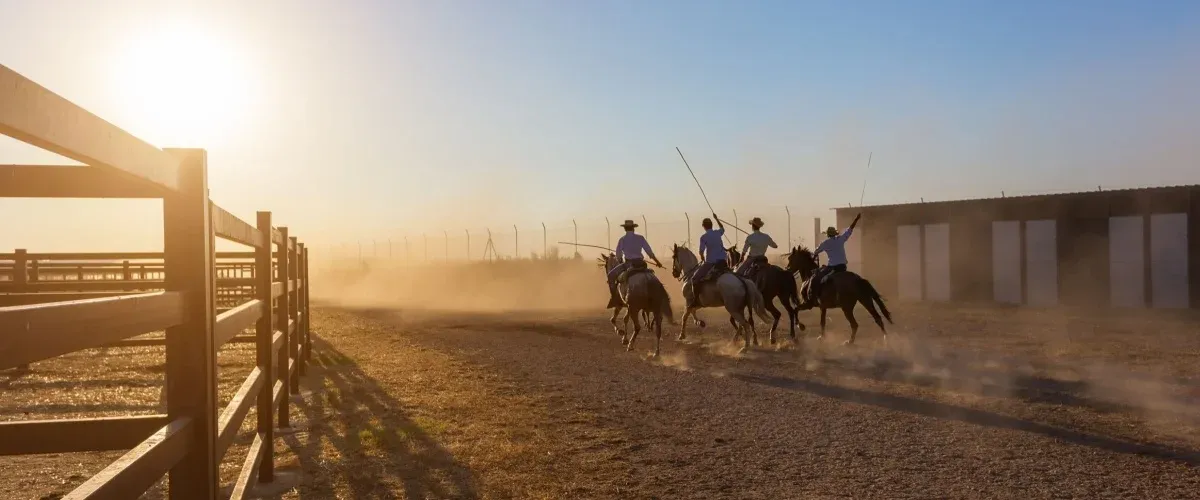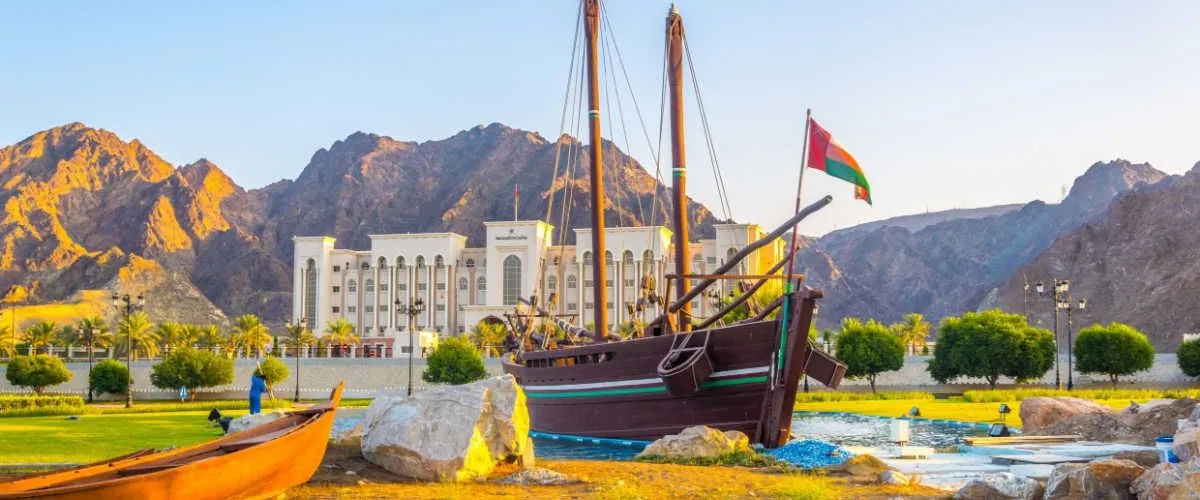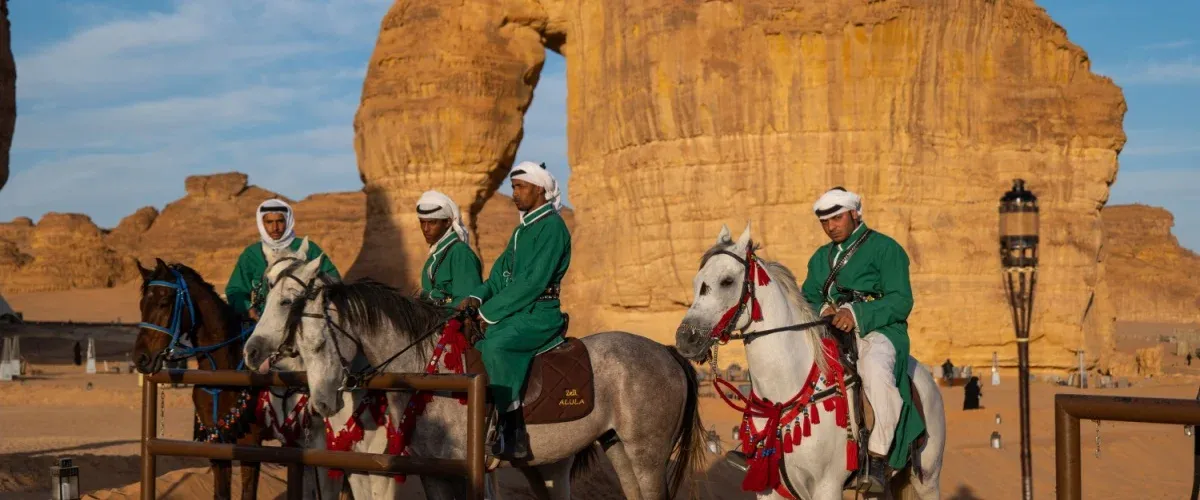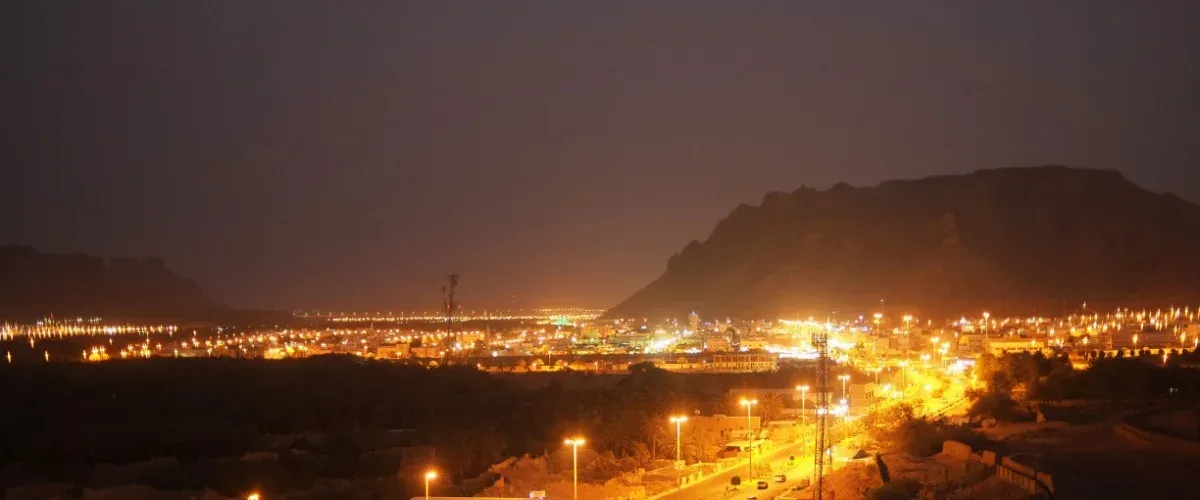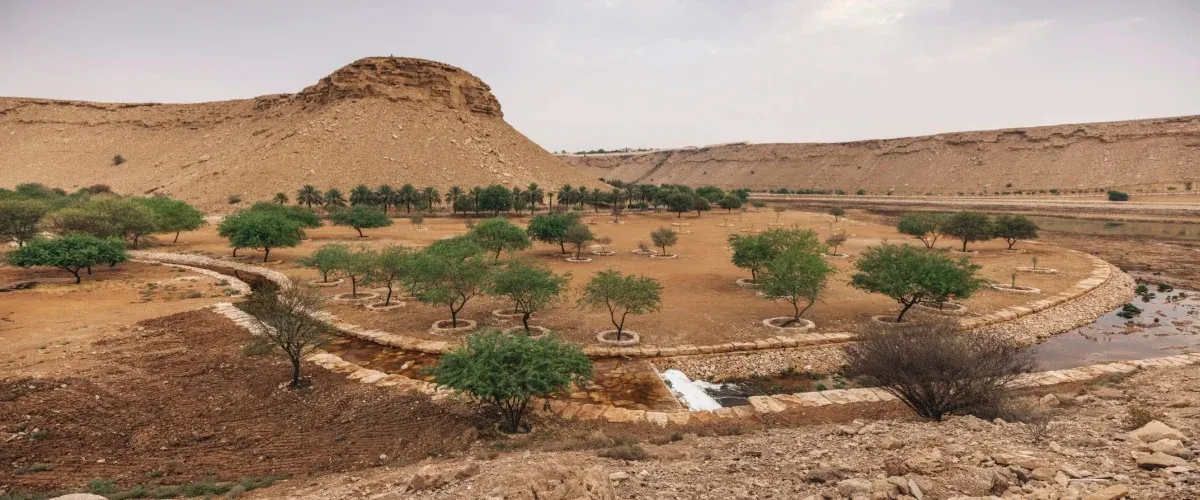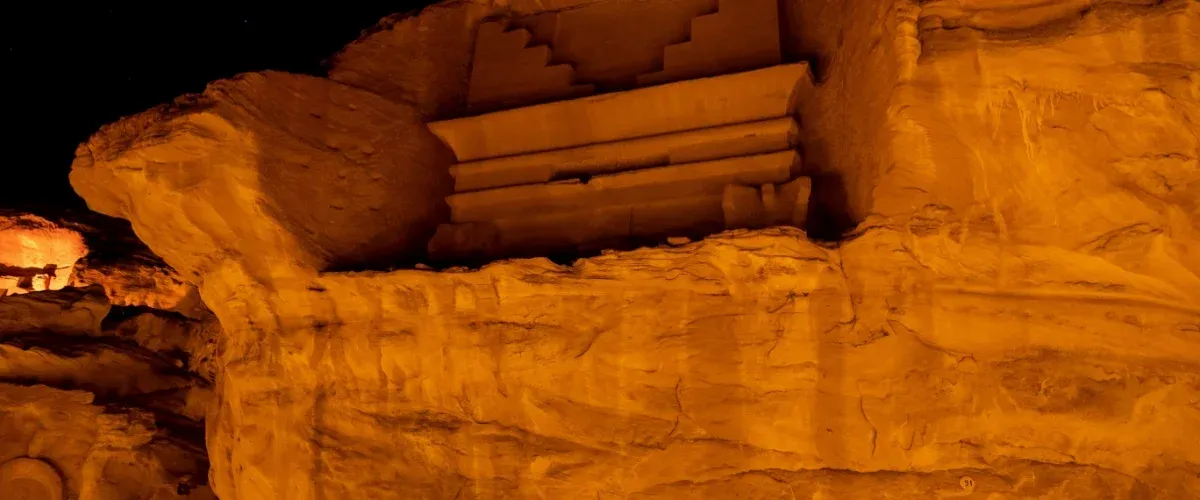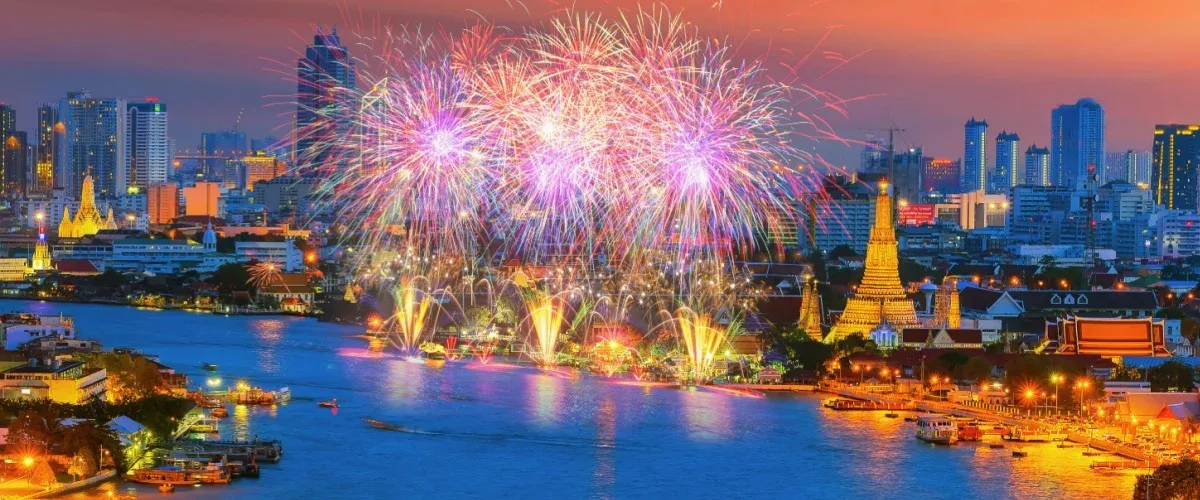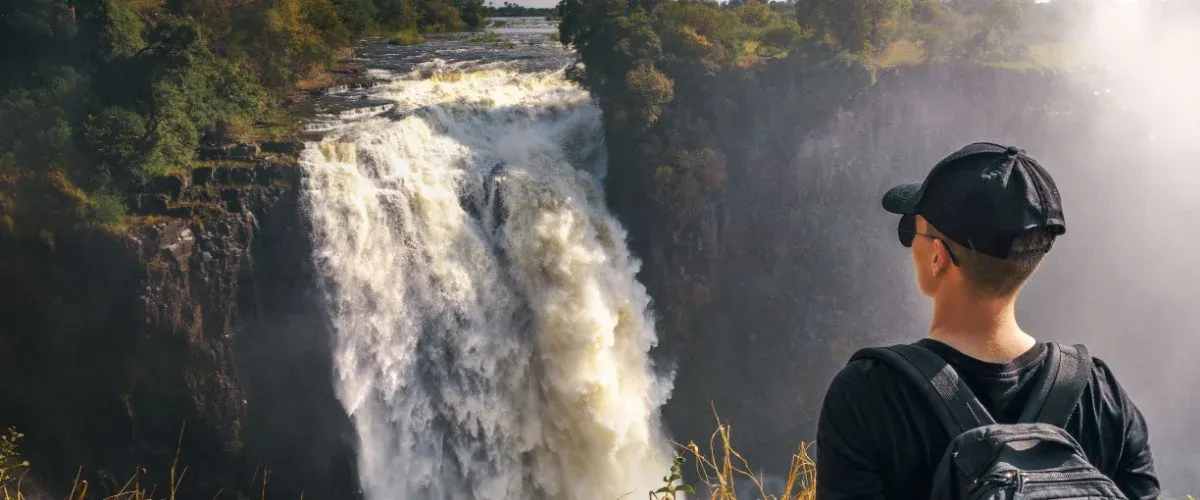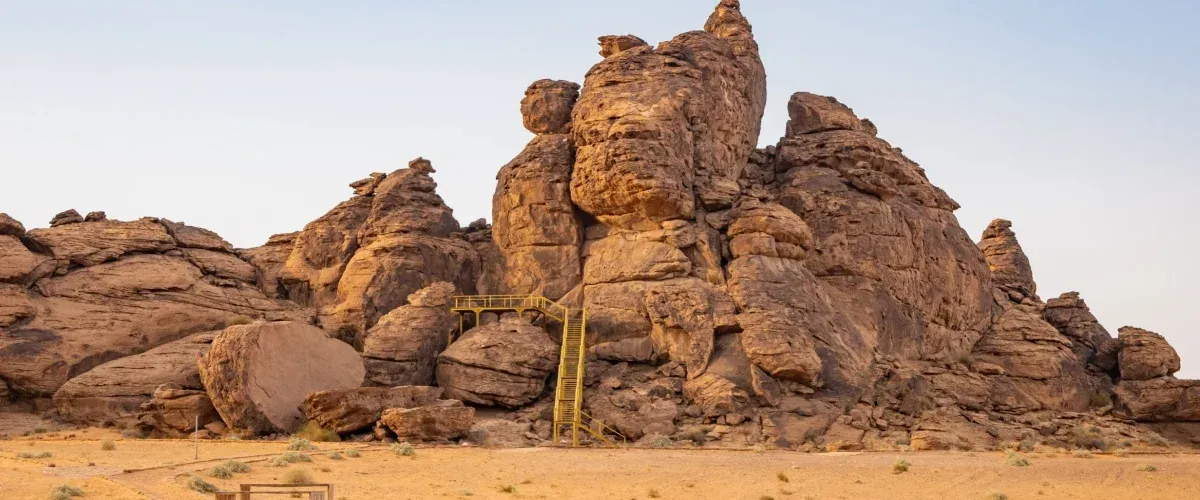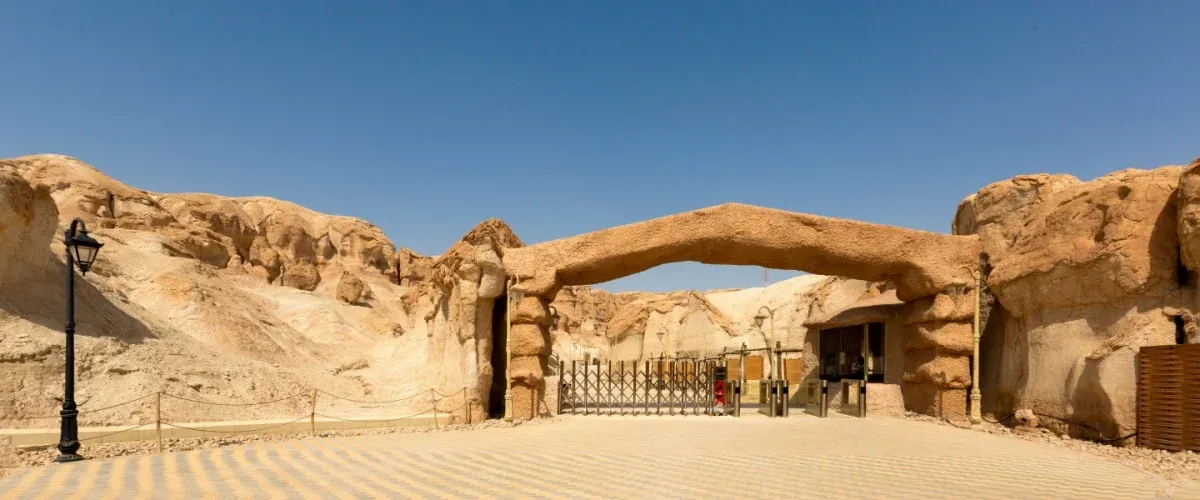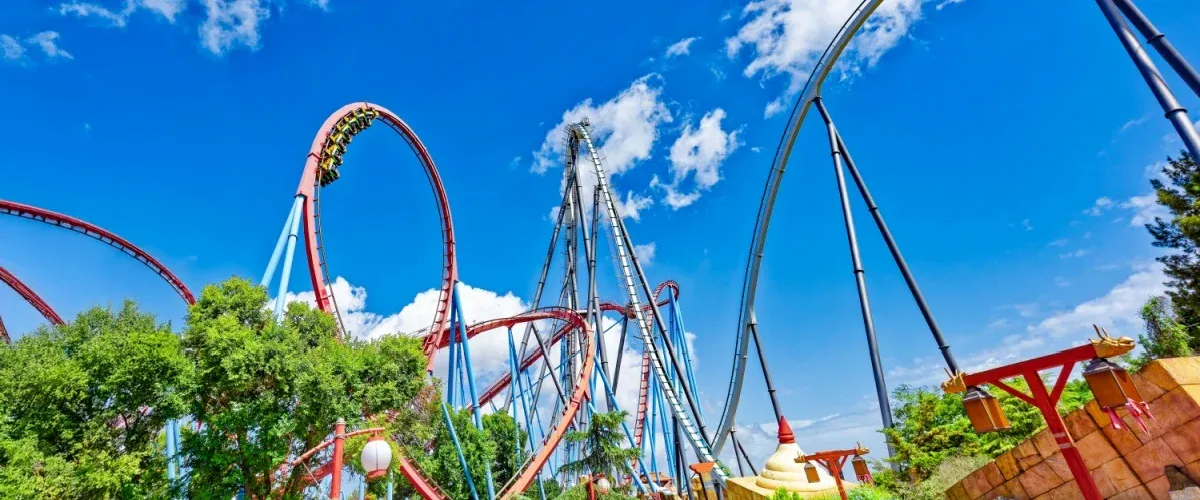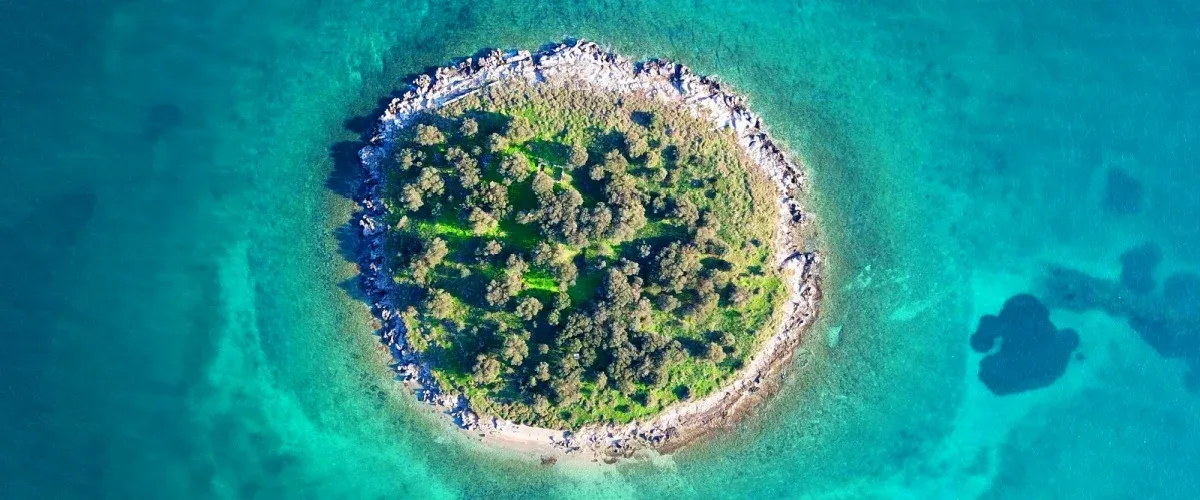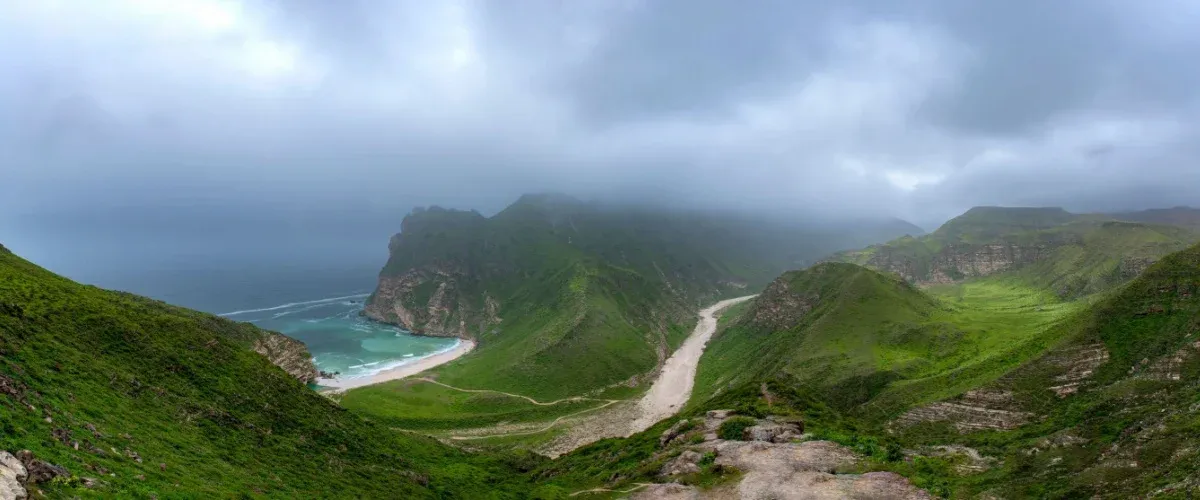Have you ever wondered what it feels like to step back in time while surrounded by modern marvels? Yes, you can experience it all for real in Diriyah, the birthplace of Saudi Arabia, which beautifully blends history with natural serenity. At its heart lies the stunning Ghubaira Dam, an oasis of calm that offers a perfect escape from the hustle and bustle of the city. The best months to visit Ghubaira Dam Diriyah are from October to March when the weather is cool and perfect for outdoor exploration. In this guide, we will explore every aspect of Ghubaira Dam, from its origin and what makes it a popular tourist spot to nearby attractions and practical travel tips to plan a comfortable and memorable visit. Ready to uncover the cultural soul of Saudi Arabia?
Learn More About Ghubaira Dam Diriyah
A few kilometers northwest of Riyadh city center, Ghubaira Dam in Diriyah is a symbol of the region’s legacy of ingenuity and close connection with nature that dates to 1446 AD. Unlike other massive concrete reservoirs across Saudi Arabia, the dam features a traditional mudbrick architecture built using modern engineering. The dam is 170 meters long and has a storage capacity of 900 thousand cubic meters.
The key details about Ghubaira Dam Diriyah are given below:
Address: 3133, Al Diriyah Al Jadidah, Riyadh 13732, Saudi Arabia
Visiting Hours: 24/7
Entry Fee: Free
Best Time to Visit: November to March
Things to Do at Ghubaira Dam Diriyah
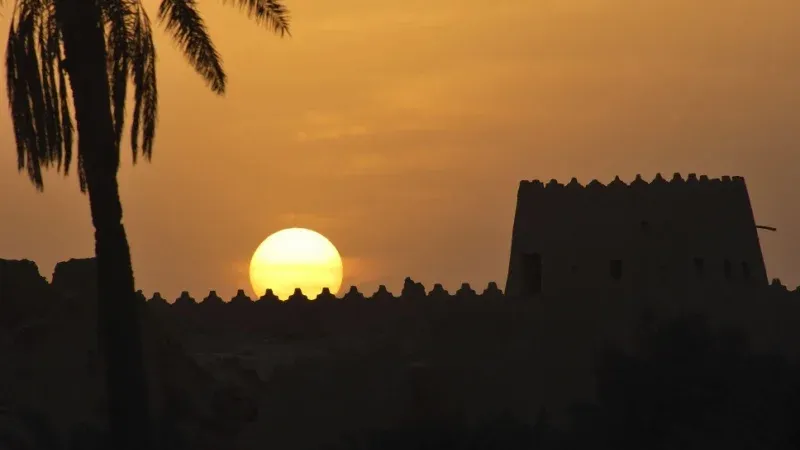
- Enjoy Walking and Jogging on Nature Trails
Ghubaira Dam has well-kept pathways surrounded by greenery, which is perfect for walking and jogging. Whether you are alone or with friends, the place is ideal for enjoying cool breezes and soaking in the peaceful scenery. Visitors can indulge in morning exercise or go on relaxing strolls, away from the city noise.
- Picnic and Family Gathering
Ghubaira Dam is surrounded by green spaces with benches, making it a great spot for picnics and family outings. Bring your own food and drinks, relax on mats, and enjoy quiet time with your loved ones. It’s a safe and friendly place for groups, kids, and casual gatherings.
- Indulge in Birdwatching and Photography
The calm waters of Ghubaira Dam and palm trees around it attract many types of birds, especially early in the morning or late afternoon. Here, visitors can enjoy birdwatching, including birds like herons and egrets. The reflections on the water and surrounding natural beauty provide excellent photo opportunities for nature lovers.
- Learn about Traditional Irrigation
Near Ghubaira Dam, visitors can see old irrigation channels used by farmers to water crops and date palms. Taking a tour of these systems offers an insight into how people managed water in the past and supported life in the desert. It is an educational experience, showcasing approach and techniques used by Saudi Arabia for farming.
- Watch the stunning Sunset and Sunrise Views
The sunrise and sunset at Ghubaira Dam are truly beautiful. The sky fills with colors, palm trees cast long shadows, and the water reflects the light, creating a peaceful and memorable scene. Early morning and late evening visits are ideal for those who want to enjoy nature’s daily show in a quiet setting.
- Dive into the Cultural Heritage of Diriyah
Ghubaira Dam is close to historical sites and old neighborhoods in Diriyah. Visitors can wander through the narrow streets, see its centuries-old mud-brick architecture, learn about the history and lifestyle of past generations.
Suggested Read: Diriyah Museum: A Glimpse into Saudi Arabia's Imperial Past
Top Places to Visit Near Ghubaira Dam Diriyah
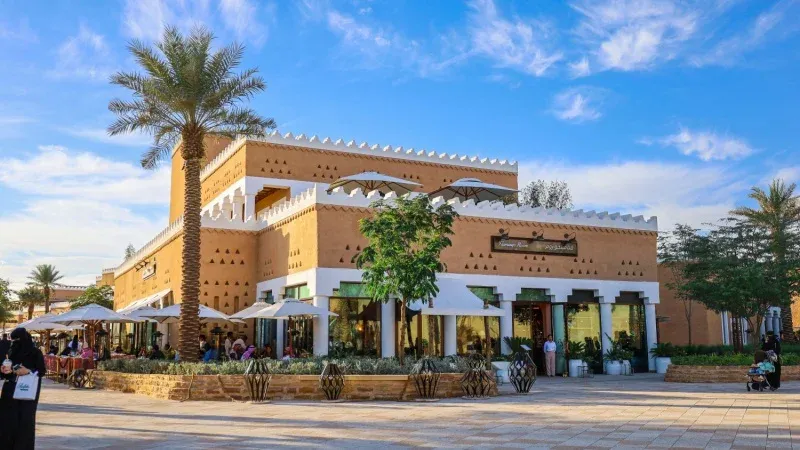
Apart from the dam, there are a number of attractions that you can explore nearby for an unforgettable experience. These include:
1. At-Turaif District
Built in the 15th century, At-Turaif District was the first capital of the Saudi state in the 18th century. The district is known for its narrow streets lined with traditional mud-brick buildings, old palaces, mosques and museums. In 2010, it was recognized as a UNESCO World Heritage Site for its cultural value and well-kept Najdi-style architecture. Here, you can dive into the rich history of the country and see how Saudi people lived many centuries back.
Visiting Hours: 24/7
2. Bujairi Terrace (Albujairi Terrace)
Located about 18 km from Riyadh, Bujairi Terrace is a modern outdoor area that offers upscale dining with stunning views. Spanning over 15,000 square meters, the terrace features a selection of high-end restaurants and cafes that serve different types of food, from local Saudi dishes to international cuisine. Popular dining venues at Albujairi Terrace are Mastro's Steakhouse, Chez Bruno, Takya Restaurant, and Café de L'esplanade. The area also has clean and comfortable seating areas, walking paths, and gardens to enjoy family picnics and nature walks.
Visiting Hours:
- Saturday to Wednesday – 10 AM to 1 AM
- Thursday – 10 AM to 1 AM
- Friday – 2 PM to 2 AM
Suggested Read: Al Bujairi Heritage Park, Diriyah: Make Memories that Last a Lifetime
3. Diriyah Oasis
Situated near the historic district, the Diriyah Oasis is a lush haven of palm trees and shaded walkways. This natural sanctuary highlights the historic significance of the oasis in the desert, which has provided sustenance and a resting space for travelers for centuries. Visitors can wander through the dense palm groves, relax in the cool shade, and learn about local agriculture and traditional farming techniques. The oasis stands as a stunning green contrast to the earthy tones of the mud-brick architecture across the city. It’s a wonderful spot to connect with nature and dive into the ecological heritage that allowed civilizations to flourish in the Najd region.
4. Wadi Hanifa Park
Wadi Hanifa Park is a vast valley park that runs through Diriyah and parts of Riyadh in Saudi Arabia. The park stretches for more than 120 kilometers along the Wadi Hanifa riverbed and features several walking paths, bicycle tracks, palm trees, grassy lawns, and small lakes. Visitors come enjoy peaceful strolls, jogging and cycling in the quiet nature away from hustle and bustle of the city. There are many shaded spots, benches, and picnic areas for families and friends. Wadi Hanifa Park is clean and safe, with good places to relax, especially on weekends. Birds, flowers, and views of the old city make it a peaceful escape for everyone.
Visiting Hours: Open 24 hours
5. Salwa Palace
Located within the At-Turaif District, Salwa Palace is one of the most significant historic landmarks in Saudi Arabia. Built in 1766 AD, it was the official residence of Imam Abdul Aziz ibn Muhammad ibn Saud and his family as well as the seat of government during the First Saudi State. With an area of 10,000 square meters, Salwa Palace is the largest and most significant structure in the district. This multi-storey structure comprises several interconnected courtyards and buildings that offer a glimpse into the life of Saudi royalty and the political history of the region. The palace is surrounded by Bait Al Mal (the state treasury), Al-Tarif Mosque, and a well that showcase the ancient lifestyle of Saudi people.
Visiting Hours: 10 AM to 12 AM (as part of At-Turaif)
Suggested Read: Historic Diriyah Fort: Discover the Legendary Chronicles Behind the Majestic Marvel
Tips to Plan a Visit to Ghubaira Dam Diriyah
- Visit early in the morning or late in the evening to avoid midday heat
- Wear modest, comfortable clothing and walking shoes suitable for easy exploration
- Pack plenty of water and food as there are no facilities nearby
- Carry your camera and smartphone to capture history and nearby surroundings
- Supervise children closely and keep them away from the edge for safety
- Keep the park clean by using bin to throw trash or taking it back home
- Bring a hat, sunscreen, and sunglasses for protection from the sun
FAQ’s - Ghubaira Dam Diriyah
Yes, it is extremely safe for tourists to visit Ghubaira Dam in Diriyah. The area is well-maintained, well-lit, and has a visible security presence, making it comfortable for families and solo travelers alike.
The best time of the year to visit Ghubaira Dam is during the cooler months from October to March. The weather is pleasant during this period, which is comfortable for exploring the outdoor historical sites and enjoying nature walks in parks.
Yes, visitors require an entry fee to the At-Turaif District in Diriyah that requires a ticket, which provides access to the entire heritage site and its museums. However, entry to Ghubaira Dam Park and the Diriyah Oasis is free.
Yes, photography for personal use is allowed in Diriyah, Saudi Arabia. The stunning architecture and landscapes are very picturesque, especially during the evening when the sites are illuminated.
No, overnight camping is not allowed near Ghubaira Dam. The area is meant for daytime visits, picnics, and walks, but camping is not permitted to protect the park from fires and keep it clean and safe for everyone.
No, fishing is not allowed in Ghubaira Dam. The area is protected to maintain water quality and safeguard local wildlife, so fishing is not permitted for visitors.
No, there are shops inside or near Ghubaira Dam, but you can find many restaurants and cafes nearby, especially at Bujairi Terrace and in the Diriyah area. However, it is suggested to bring your own snacks and water if you plan to enjoy a picnic at the dam.
Yes, Diriyah is an excellent destination for families with children. There are several parks, historical sites, and restaurants at Bujairi Terrace that offer kid-friendly services, making it a great stop for visitors of all ages.




